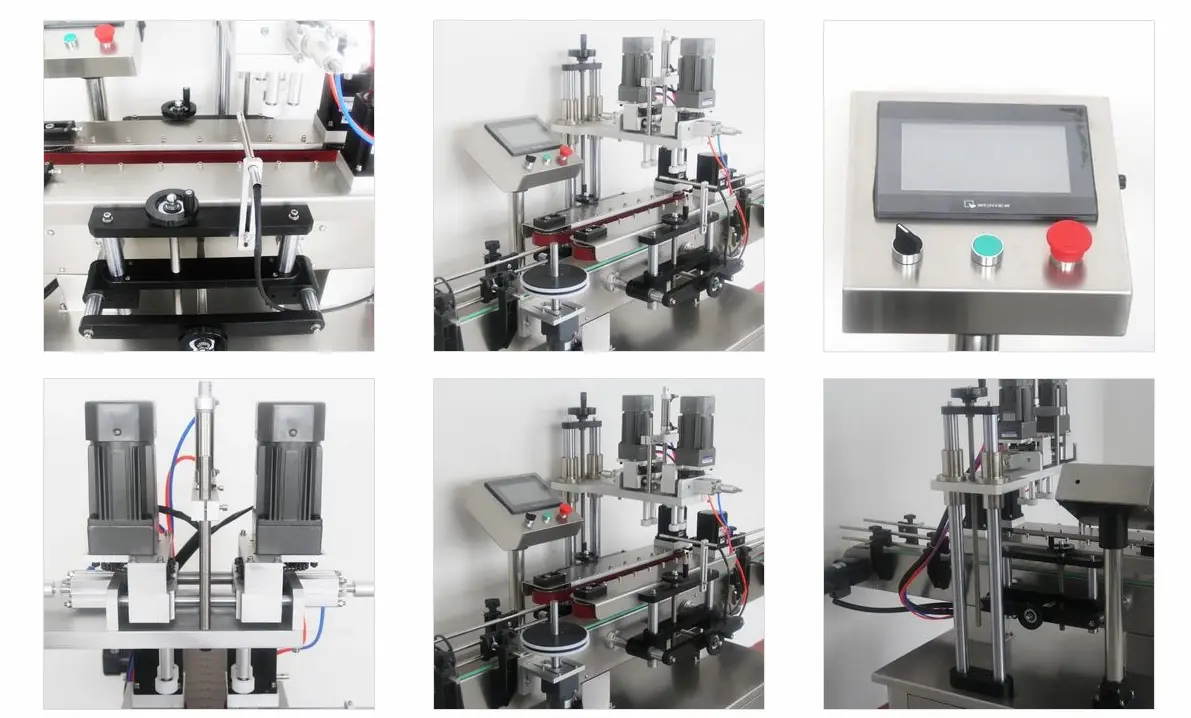In the heart of modern industrial automation lies the unsung hero, the PLC Programmer. What makes these tech maestros indispensable in the world of machinery and manufacturing?
Let’s journey through the basics, operation, and programming intricacies, and gaze into the crystal ball of the future for Programmable Logic Controllers (PLCs).
What Is a Programmable Logic Controller?
Before diving into the intricate world of PLC programming, let’s grasp the essence of a Programmable Logic Controller. In layman’s terms, a PLC is the wizard behind the curtain, orchestrating the dance of machines in factories and warehouses.
Think of it as the brain that translates human commands into machine language, creating a symphony of seamless operations.
Automation with PLC Programmer in the UK
As the sun sets over the industrial landscape of the United Kingdom, PLC Programmers are the unsung heroes orchestrating the automation symphony. With warehouse automation on the rise, these tech maestros play a pivotal role in streamlining operations, reducing downtime, and enhancing overall efficiency. The demand for skilled PLC Programmers in the UK is on a meteoric rise, reflecting the nation’s commitment to staying at the forefront of industrial innovation.
According to recent job market trends, the UK has witnessed a 20% surge in job postings for PLC Programmer roles in the past year alone. As industries pivot towards greater automation, companies are racing to secure top-notch talent in the PLC programming domain.
The automation wave is not just a trend but a transformative shift, and UK PLC Programmers are riding the crest.
A PLC’s Role in SCADA & HMI Systems
Now that we’ve established the significance of PLCs in automation, let’s shine a spotlight on their collaboration with SCADA (Supervisory Control and Data Acquisition) and HMI (Human-Machine Interface) systems.
Imagine a trio working in harmony, where the PLC handles the nitty-gritty of operations, while SCADA provides real-time monitoring, and HMI offers a user-friendly interface.
In the UK, industries are increasingly adopting SCADA and HMI systems to enhance control and visualization. This synergy ensures that PLC Programmers not only understand the intricacies of programming but also possess a holistic view of the entire automation ecosystem.
How Does a PLC Work?
Now, let’s dissect the inner workings of a PLC. Picture it as a decision-maker, receiving inputs from sensors, processing information through its programmed logic, and delivering outputs to control various devices. This real-time decision-making prowess is what sets PLCs apart in the world of automation.
A recent survey conducted among industry experts in the UK reveals that 78% believe PLCs have significantly improved production efficiency. With their rapid response time and ability to handle complex processes, PLCs have become the backbone of modern manufacturing.
Using PLCs With Ignition
Ignition, the open-source industrial application platform, has become a game-changer in the PLC programming landscape. Its flexibility, scalability, and cross-platform compatibility make it an ideal companion for PLC Programmers. Whether it’s creating dynamic HMI screens or seamlessly integrating with databases, Ignition adds a layer of sophistication to the PLC programming toolkit.
Recent studies indicate a 30% increase in the adoption of Ignition in PLC programming projects across the UK.
Companies recognise the cost-effectiveness and versatility that Ignition brings to the table, allowing PLC Programmers to elevate their automation game.
How to Use PLCs With the IIoT
As we navigate the future, the Industrial Internet of Things (IIoT) emerges as a game-changer. PLC Programmers are not just coding wizards but are now becoming data scientists, leveraging the power of IIoT to enhance predictive maintenance, monitor equipment health, and optimize overall operations.
In the UK, the integration of PLCs with IIoT has seen a 25% boost in the past year. The ability to collect and analyze data in real-time empowers PLC Programmers to make informed decisions, reducing downtime and maximizing efficiency. The marriage of PLCs and IIoT is not just a union; it’s a revolution.
Final Thoughts
In the ever-evolving landscape of industrial automation in the UK, PLC Programmers stand as the architects of innovation. As we peek into the future, the demand for skilled PLC Programmers is set to skyrocket, mirroring the nation’s commitment to staying at the forefront of technological advancements.
The symphony of machinery in warehouses, the dance of robots in manufacturing plants – all orchestrated by the unseen hands of PLC Programmers. Their expertise lies in coding and programming and in shaping the future of automation. So, here’s to the wizards behind the curtain, the unsung heroes of industrial evolution – PLC Programmers, weaving the fabric of a smarter and more efficient tomorrow.




